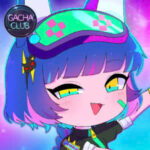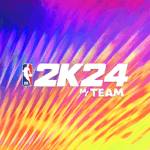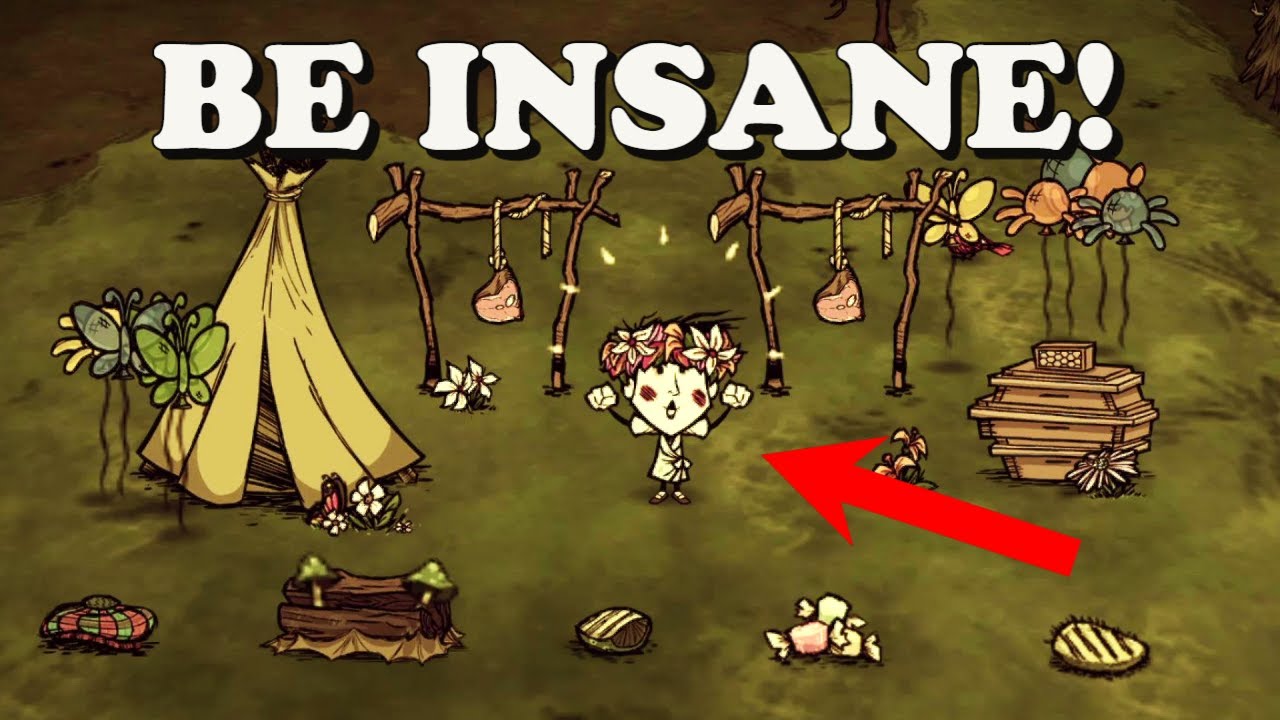Popular Now
Gacha Club is often celebrated for its robust customization and studio features, but hidden beneath the surface lies a surprisingly strategic and evolving combat-based Story Mode. This mode introduces players to combat mechanics, character growth, and narrative arcs that mirror the journey of a role-playing game. Rather than being an accessory to the dress-up and scene-making tools, Story Mode functions as a core gameplay loop with tangible rewards, team management layers, and pacing challenges that demand deliberate planning.
This article explores Gacha Club’s Story Mode progression in depth — from your first battle to late-game challenges — revealing how each chapter offers strategic and emotional progression. Whether you're new to the game or aiming to optimize your battles, this guide delivers a structured breakdown to help you dominate Story Mode.
Getting Started with Story Mode
The beginning of Story Mode introduces players to Unit-based combat with minimal complexity. Players select their units from the available base characters, each of which belongs to one of several elemental types: Water, Fire, Wind, Light, Dark, and Corrupted. The tutorial eases players into combat flow: auto-battle toggling, skill activations, and elemental advantages.
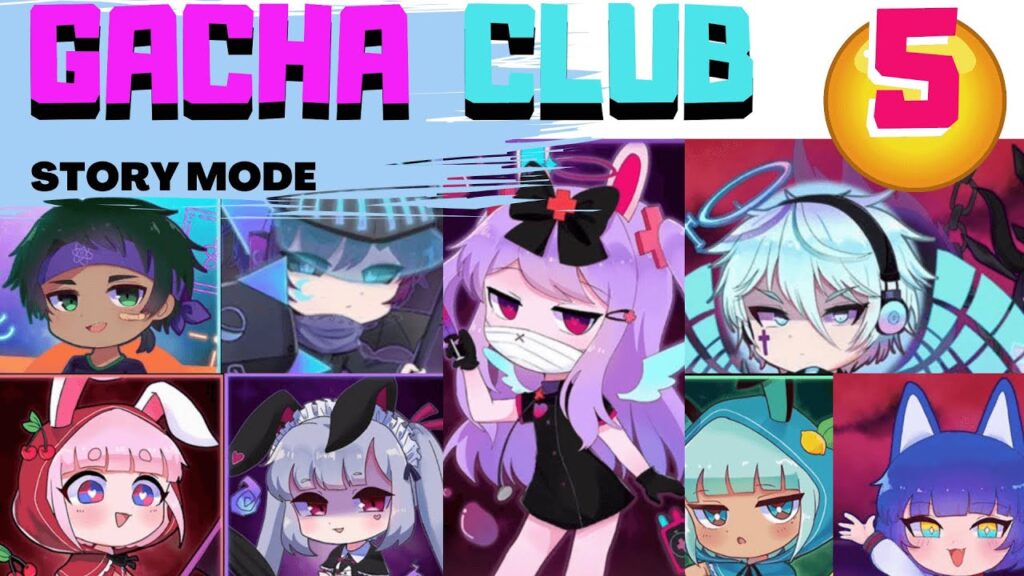
Early fights are relatively forgiving and serve primarily as an orientation. These first chapters do not require full optimization of teams or understanding of mechanics but instead teach the visual language of the battle screen, character placement, and wave pacing. It’s during these battles that players learn the importance of synergy and elemental matchups.
Understanding Elemental Affinities and Their Role
As Story Mode introduces more difficult enemies, elemental affinities begin to play a crucial role. Water beats Fire, Fire beats Wind, Wind beats Water, while Light and Dark counter each other. Corrupted, a rare element, has special interactions and is often found on high-level enemies or bosses. Building a balanced team is essential.
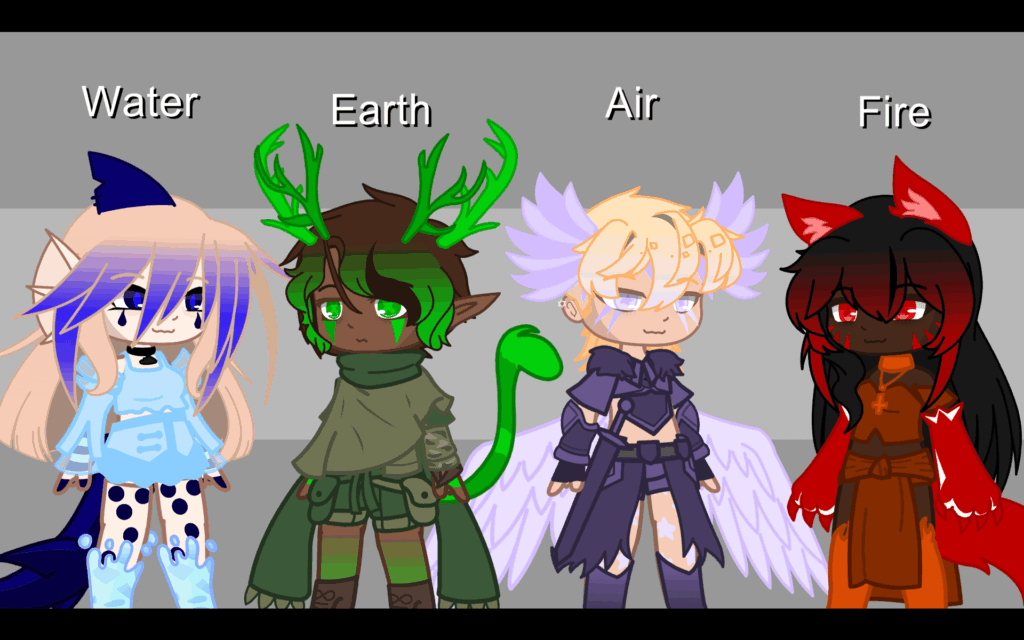
Teams that ignore these mechanics quickly hit a progression wall. By analyzing enemy layouts — available before each battle — players can counter with proper team formations. This builds a foundational skill for long-term progression: reading and reacting to stage information.
Unlocking New Units Through Battles
Each stage grants experience and Gacha Club’s in-game currency, which is vital for acquiring new units via the gacha system. These new units are typically stronger and have special skills, passives, or unique elemental alignments. The game begins to reward not only completion but efficient completion.
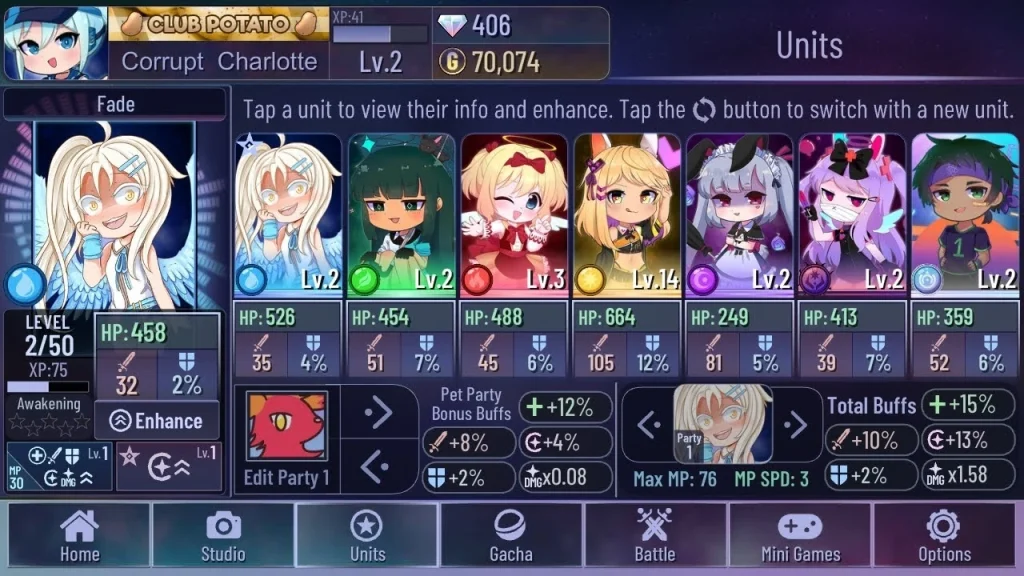
Players are incentivized to replay stages for better unit experience and currency yield. This introduces an RPG-like grind that is intrinsic to Gacha Club’s story loop. Some characters even only become viable after reaching higher levels, pushing the player to revisit early story arcs with stronger teams for cleaner clears.
Using Presets and Team Building Strategy
As you unlock more characters, Gacha Club allows you to set up multiple presets. These presets are crucial for story progression. You can tailor a preset for elemental dominance (e.g., all-Water team against Fire bosses) or for survivability and sustain. You’ll begin switching presets mid-progression to match stage demands.
At this stage, the importance of team roles begins to shine. You'll identify which units excel as frontliners (high HP and defense), which serve as buffers/debuffers, and which specialize in pure damage. Team compositions become puzzles: balancing durability with burst damage, single-target focus with AoE sweeps.
Mastering Skill Timing and Manual Combat
Initially, many players rely on Auto Mode for battles. However, deeper progression forces manual engagement. Skill timing becomes essential. Triggering a defense buff right before a boss’s AoE skill, or launching an ultimate as the next wave spawns, dramatically affects outcomes.
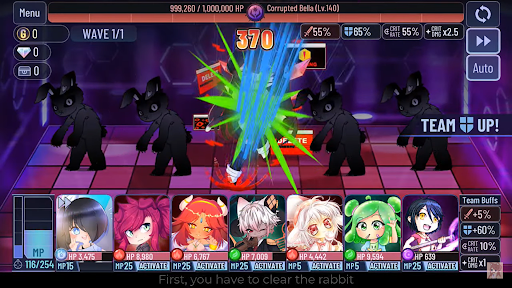
In this phase, players also experiment with energy management. Each skill has a cooldown and energy cost, and learning to rotate skills without overlapping inefficiently (e.g., double buffs or missing debuff windows) marks the difference between victory and failure.
Boss Fights and Spike in Difficulty
Chapter bosses in Story Mode mark major turning points. These encounters often feature unique mechanics: shield barriers, HP regeneration, status immunities, or time-gated objectives. Bosses are more than stat checks — they test synergy, reaction, and resource investment.
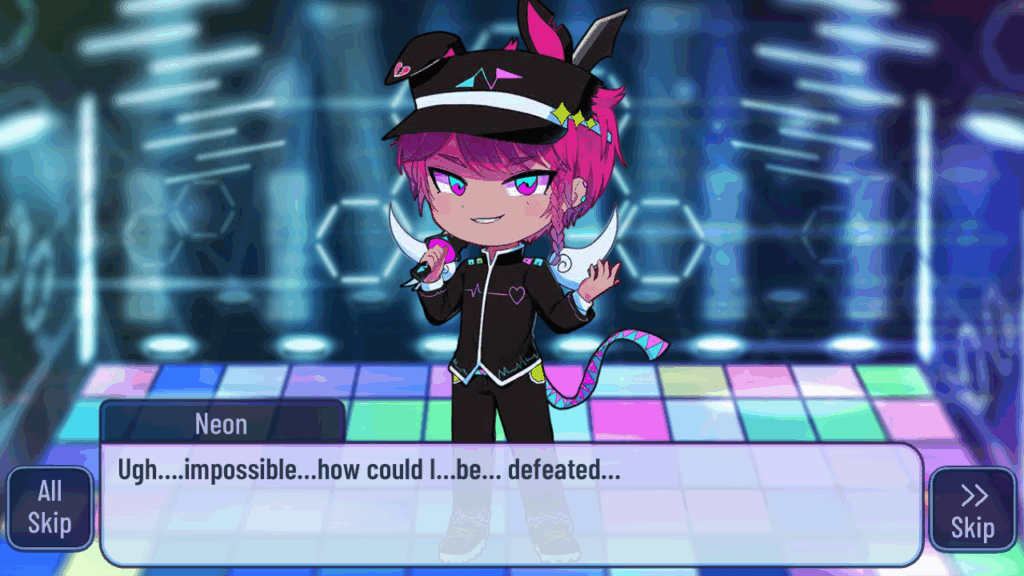
To defeat them, players often need to level up their characters using EXP items or shift gear setups. Gear progression becomes vital — upgrading accessories and weapons through enhancement systems is no longer optional. The game begins to push players toward optimizing unit stats beyond their raw level.
Farming Resources Through Repetition
After overcoming major difficulty spikes, Story Mode introduces efficiency loops. Players begin to repeat previously cleared stages to gather upgrade materials — gems, EXP boosts, gear items, and more. The pacing slows as repetition becomes a necessary tactic.
To optimize farming, players often build "farming presets" focused on survivability and AoE damage to clear waves quickly. Auto-battle makes this less hands-on, but team optimization remains vital. This farming stage can last several hours of gameplay depending on your goals.
Unlocking Side Arcs and Challenge Modes
Once you've completed core chapters, Gacha Club begins to branch out into Side Stories and Elemental Challenge Modes. These are often locked behind story progress and offer specialized difficulty and unique unit drops. They are designed for players who have mastered the standard arc.
These challenge modes are also the perfect place to test new unit combinations. Because of their unique enemy layouts or mono-element teams, players are forced to break routine strategies and develop fresh ones. These experiments often lead to unexpected discoveries about unit synergy.
Dealing with Walling and Progression Halts
Eventually, players hit a wall: enemies become too strong, or new units don’t fit well. These halts are natural and part of Gacha Club’s pacing design. When this occurs, it’s time to reassess: is your gear upgraded, are units optimally leveled, do you need to change formations?
This is also when many players dive deeper into the community — checking online tier lists, seeking advice in Discord servers, or experimenting with underutilized units. Breaking past a wall becomes a personal achievement, and it often breathes new life into the story progression journey.
Endgame Story Chapters and Final Team Mastery
The final chapters of Story Mode are less about narrative and more about mechanical mastery. Enemies have multiple skills, higher stats, and are no longer easily countered by simple elemental tricks. These battles demand mature teams: units with optimal skills, full gear, and cohesive formation strategies.
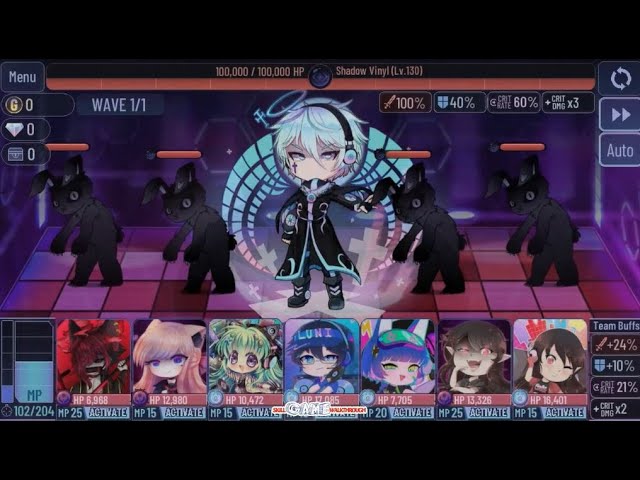
Players who reach this point often have deep knowledge of the game’s mechanics, and victories come from split-second skill activations and proper energy use. The sense of accomplishment at the end is significant — you’ve built a team, refined your tactics, and pushed through one of Gacha Club’s most demanding content pieces.
Conclusion
Story Mode in Gacha Club is far more than a secondary gameplay mode — it is a rich, layered progression system that rewards strategic thinking, resource planning, and mechanical mastery. From the first easy battle to the final challenging chapters, Story Mode trains the player to think tactically, build meaningful teams, and overcome skill-testing enemies.
For those willing to go deep, it offers a long-term gameplay experience that complements the aesthetic and creative layers of Gacha Club. It’s the part of the game where art and combat blend, showing that even a “cute anime game” can hold surprising complexity.




